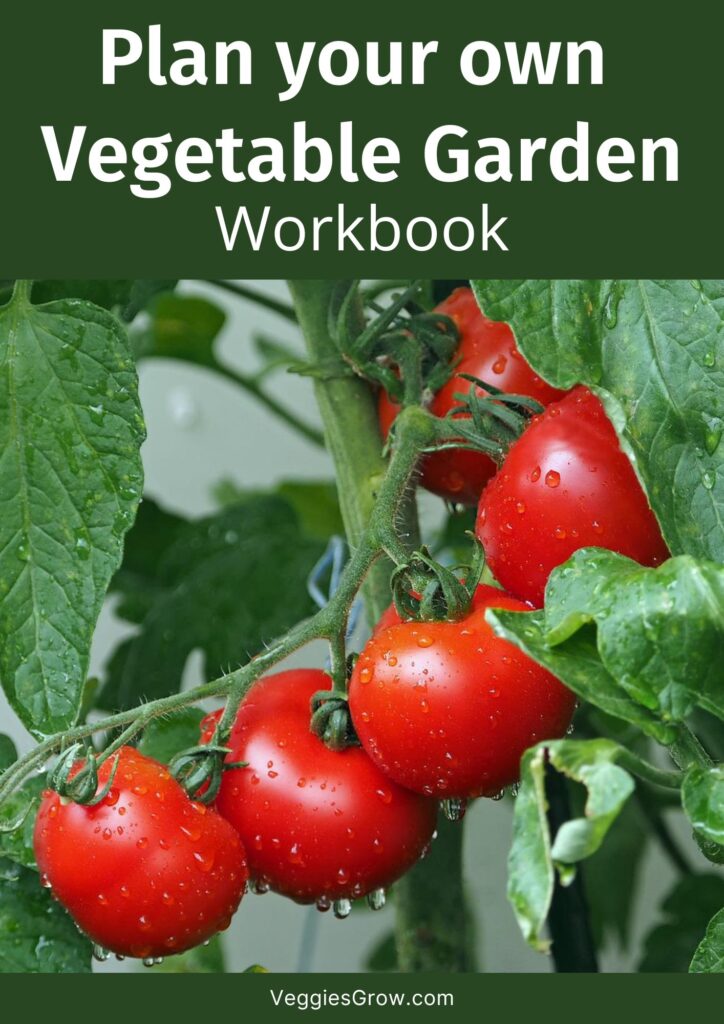Deciding on the number of plants of each type of vegetable that you’ll l need to grow will help you plan the layout of your garden and will help you know roughly how many seeds to start or transplants of each type of vegetable you’ll need.
This article gives an overview of what needs to be considered when deciding on the number of vegetable plants that you should grow.
The number of vegetable plants that you should grow will depend on 4 main factors.
1. Enough for the vegetable plant to produce
Fruiting and pod vegetables, which include tomato, corn, beans, okra, and pumpkin, need their flowers to be fertilized before they can produce fruit.
Many of these vegetables, including tomato, pepper, okra, and beans, have flowers that have both female and male parts. This means that they can be self-fertilized and technically just one plant is enough for vegetables to be produced.
Vegetable plants of the gourd family, which include pumpkin, cucumber, and squash, have female flowers and male flowers on the same plant. These flowers are pollinated by bees and having just one plant and enough bees or hand pollination will be enough for the plant to produce. Despite this, it is recommended that at least 2-3 cucumber plants should be grown together to get a larger harvest.
Despite having both male and female parts on the same plant, at least 16 corn plants should be grown together in a block to make it more likely that pollination will take place. This is because it’s very unlikely that a single corn plant will pollinate itself.
2. Enough for a meal for your family
Although a single root vegetable or self-pollinating fruiting vegetable plant can produce, it would be really dull to get just one carrot or one okra each day. This would severely affect the ways that you can use your harvest.
To make sure that you will get a harvest that you can actually use, you will need to plant a minimum number of vegetables based on how many you need and how often the plant will produce.
For example, a single okra plant will produce an okra pod every 2-3 days. If you are using okra fresh and you need about 6-8 pods (depending on variety) to make your favourite okra dish, you will need to grow 8-10 plants to make sure that you can harvest about 8 pods each time.
3. The purpose you are growing each vegetable
Another factor that will have a big impact on how many vegetable plants of a type you should grow is the purpose you are growing it for. If it’s only for fresh use the maximum number would be the amount that you and your family can eat. If your main intention is to preserve the produce then you’ll need to grow much more.
4. The maximum number of plants that you have space for
The space available in your vegetable garden will determine the maximum number of plants you can fit in. Each type of vegetable plant has the minimum amount of space that it needs. Planting vegetable plants too close together will reduce the amount of water, nutrients and sunlight that each plant will get.
Plants that don’t get enough of their needs met will soon become unhealthy and can be easily affected by pests and diseases. So you should not try to overcrowd your garden. Growing a few productive plants is much better than growing a lot of unhealthy and unproductive plants.
Now that you know the factors that you should consider when deciding how many vegetable plants to plant, you can go through the list of vegetables that you will be growing this season and list out how many of each you should grow.
Don’t forget that the total space that you have in your garden as well as the energy and time you can devote to gardening will need to be divided among each type of vegetable.
This post is part of a series of blog posts on the 7 steps of planning a vegetable garden. You can download the FREE workbook ‘Plan Your Own Vegetable Garden’, which will provide you with more information on each of these 7 steps and help you plan your own vegetable garden.


